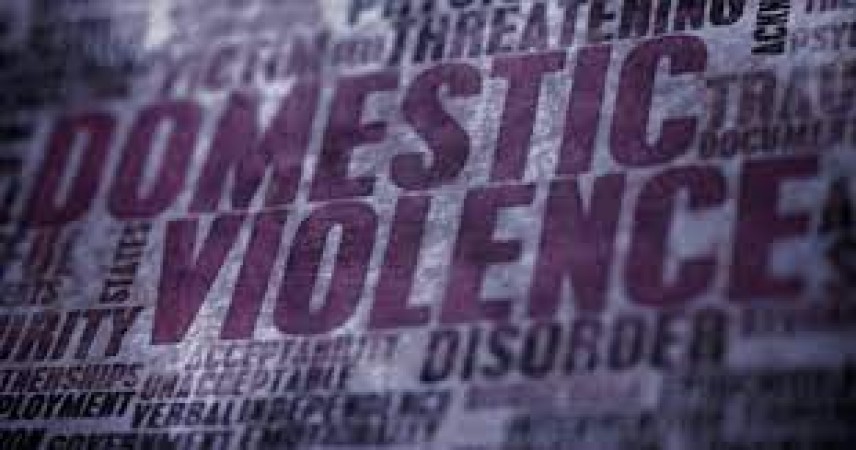
Domestic violence is termed as violence committed by someone from the victim's domestic circle, which could include the partner's and ex-partners' immediate family members, other relatives, and family friends. The violence can be physical, sexual, or psychological violence.
“Domestic violence is not simply an argument. It is a pattern of coercive controls that one person exercises over another. Abusers use physical and sexual violence, threats, emotional insults, and economic deprivation as a way to dominate their victims and get their way”.
Domestic Violence is the most common form of violence against women happening around the world. This affects the life span of women across the globe and pushes them towards suicide. The World Health Organization reports that the proportion of women who had ever experienced physical or sexual violence or both by an intimate partner ranged from 15% to 71%, with the majority between 29% and 62%.
Afghanistan has ranked first position in terms of most women abuse happening in the country. With Vanuatu, Equatorial Guinea, and Solomon Islands standing at second, third, and fourth positions in the list. Estimates published by WHO indicate that globally about 1 in 3 (30%) of women worldwide have been subjected to either physical and/or sexual intimate partner violence or non-partner sexual violence in their lifetime. The prevalence estimates of lifetime intimate partner violence range from 20% in the Western Pacific, 22% in high-income countries and Europe, and 25% in the WHO Regions of the Americas to 33% in the WHO African region, 31% in the WHO Eastern Mediterranean region, and 33% in the WHO South-East Asia region.
Violence against women is an age-old phenomenon, where women have always been considered less, weak, and in a position to be exploited. Society today is still patriarchal and dominates women but today women come out in open and speak about the violence that has been happening to them. The gender imbalance in domestic violence is partly related to differences in physical strength and size.
Violence not only causes physical injury, but it also undermines the social, economic, psychological, spiritual, and emotional well-being of the victim, the perpetrator, and the society as a whole.
“Many forms of verbal and psychological abuse appear relatively harmless at first, but expand and grow more menacing over time, sometimes gradually and subtly. As victims adapt to abusive behavior, the verbal or psychological tactics can gain a strong ‘foothold’ in victims' minds, making it difficult for them to recognize the severity of the abuse over time.” (Witness Justice, MA, USA)
In India, one incident of violence translates into the women losing seven working days. In the United States, total loss adds up to 12.6 billion dollars annually and Australia loses 6.3 billion dollars per year. Women are socialized into their gender roles in different societies throughout the world.
Domestic violence induces consequences on both physical and mental health. Domestic violence affects people of all socioeconomic backgrounds and education levels.
India implemented its first law aimed at tackling domestic violence (The Protection of Women from Domestic Violence Act, 2005) to protect the rights of women who are victims of violence of any kind occurring within the family and to provide for matters connected therewith or incidental thereto. It also defines repeated insults, ridiculing or name-calling, and demonstrations of obsessive possessiveness and jealousy of a partner as domestic violence. The big challenge in front now is to enforce it in the true sense.
Startups solving education issues, health for 1-bn people in India, world: Amitabh Kant
'Ram temple is being built in Ayodhya, but...', This leader's big statement
Criminals kidnapped 2-year-old innocent luring with chocolate, all arrested